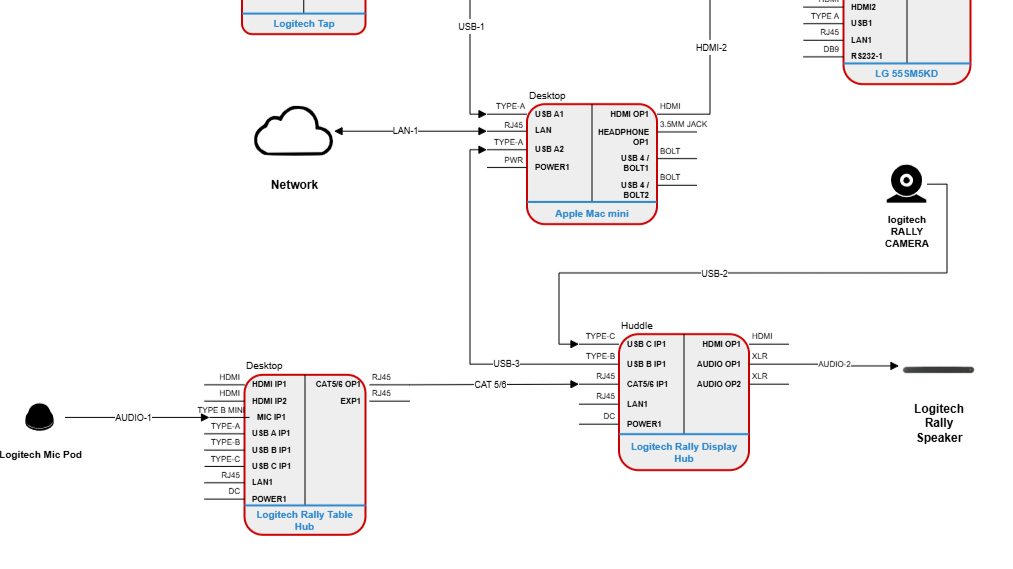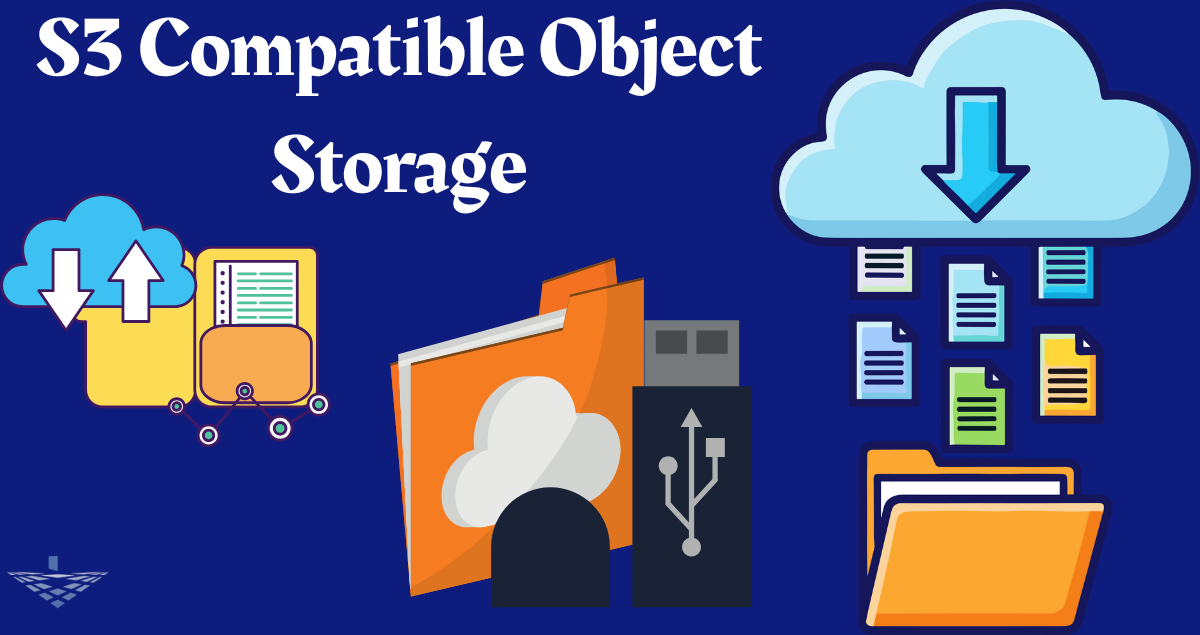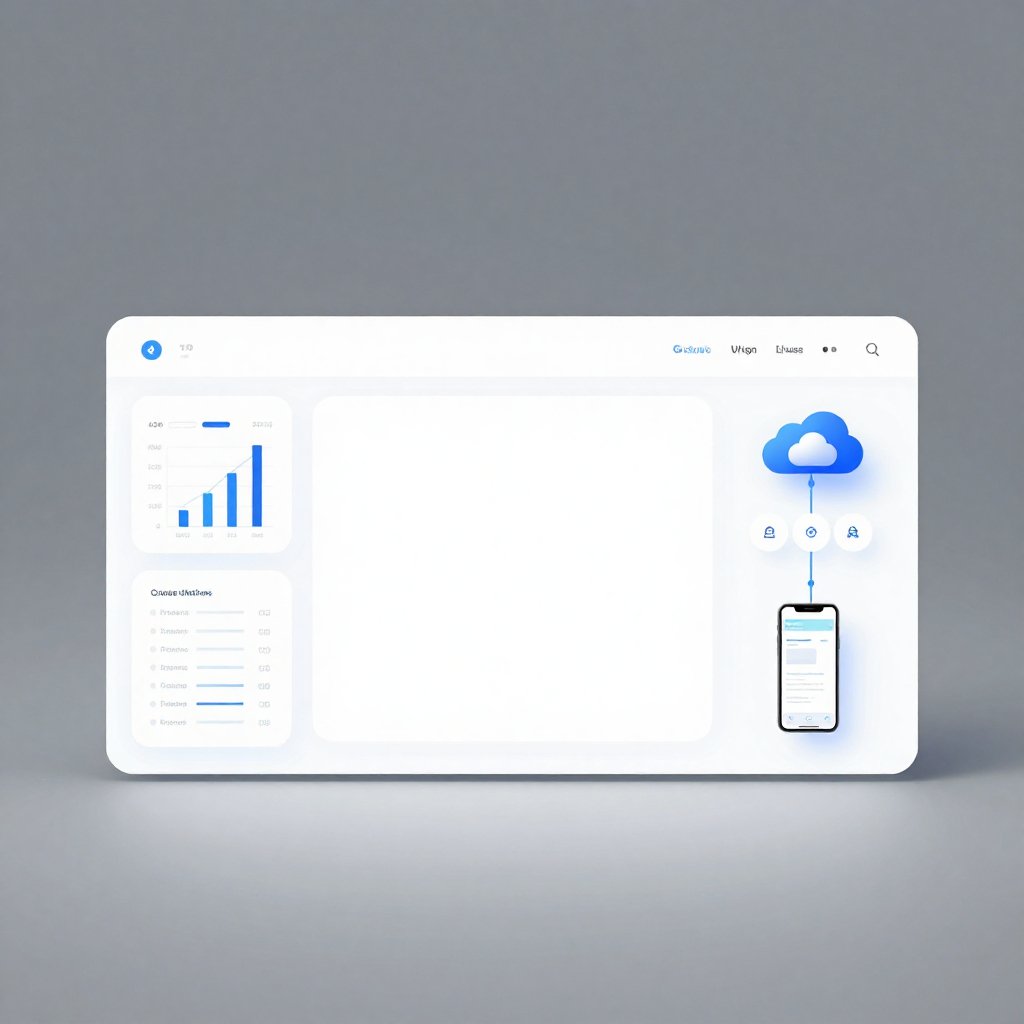In today’s educational environment, learning technical subjects such as electrical engineering, computer networks, audio visual system design, and industrial automation often requires visual tools that simplify complex concepts. Schematic diagrams play a crucial role in teaching and learning these subjects. They provide clear visual representations of circuits, system components, and connections, helping students grasp difficult topics faster and enabling educators to present information effectively. Using the best schematic drawing software for students and educators can enhance understanding, improve engagement, and develop practical skills necessary for professional careers.
Why Schematic Drawing Software Is Important in Education
Schematic diagrams are the backbone of technical learning. They allow students to see how components interact, understand signal flow, and recognize the relationships between different elements in a system. Traditional hand-drawn diagrams are time-consuming, prone to errors, and difficult to modify. Schematic drawing software addresses these challenges by providing digital tools that make diagram creation faster, more accurate, and easier to edit.
Educators can use schematic software to create teaching materials, simulate circuits, and provide interactive exercises that engage students in practical learning. Similarly, students can use the software to complete assignments, experiment with designs, and collaborate on group projects. Many educators and students also pair schematic tools with the best free floor plan software to understand spatial arrangements, device placement, or system layouts in context, particularly in subjects like audio visual or architectural technology.
Key Features to Look for in Schematic Drawing Software for Education
When selecting schematic drawing software for students and educators, certain features are essential for learning and teaching efficiency:
1. Extensive Component Libraries
Software should include libraries of standard symbols for electrical, electronic, network, or AV components. Prebuilt symbols save time and help students learn standard representations used in professional diagrams.
2. Intuitive Drag-and-Drop Interface
A user-friendly drag-and-drop interface allows students and educators to place components quickly and create diagrams without extensive prior training. This reduces learning curves and encourages experimentation.
3. Customizable Connections
Schematic software should allow customization of wiring, cable types, and signal flows to ensure students understand how components are connected in real-world systems.
4. Layer Management
Layering is useful for separating subsystems, such as audio, video, power, and control signals, making complex diagrams easier to understand and reducing visual clutter.
5. Integration with Floor Plans or Layout Tools
Integration with floor plans allows students to relate schematic diagrams to physical layouts, particularly in AV design or building automation projects. Using the best free floor plan software alongside schematic software helps students visualize both system connectivity and spatial placement.
6. Simulation and Validation
Simulation features allow students to test circuits or system functionality within the software. Immediate feedback helps learners understand concepts, identify mistakes, and experiment with different configurations safely.
7. Export and Sharing Options
Exporting diagrams in formats like PDF, PNG, or SVG enables easy submission of assignments, sharing with peers, or printing for classroom use. Collaborative features support group projects and teacher feedback.
Popular Schematic Drawing Software for Students and Educators
Several software tools cater to the needs of educational users, balancing ease of use with professional features:
1. Fritzing
Fritzing is a free and open-source tool ideal for students learning electronics and circuit design. Its intuitive interface, component libraries, and breadboard view make it easy to create diagrams and experiment with designs.
2. Tinkercad Circuits
Tinkercad Circuits is a browser-based platform that combines schematic drawing with circuit simulation. Students can design, simulate, and test electronic circuits virtually, making it ideal for hands-on learning without hardware constraints.
3. Lucidchart
Lucidchart is a web-based diagramming tool suitable for educational use. Its drag-and-drop interface, AV and network symbol libraries, and collaboration features allow students and teachers to create, share, and review diagrams easily.
4. KiCad
KiCad is an open-source PCB and schematic design software used in higher education for electronics courses. It provides detailed symbol libraries, customizable connections, and simulation capabilities for advanced learning.
5. Microsoft Visio for Education
Visio offers a simplified version for educational use, including electrical, network, and AV symbols. Its integration with Office tools makes it familiar and accessible for students and educators alike.
Benefits of Using Schematic Drawing Software in Education
- Enhanced Learning. Visual representation helps students understand complex concepts quickly.
- Hands-On Experience. Simulations and interactive diagrams provide practical experience without physical hardware.
- Time Efficiency. Drag-and-drop tools and prebuilt libraries save time compared to hand-drawing diagrams.
- Accuracy and Clarity. Digital diagrams reduce errors and improve readability.
- Collaboration and Feedback. Students can work in groups, share designs, and receive feedback from instructors efficiently.
- Integration with Layout Tools. Combining schematics with the best free floor plan software helps learners understand spatial arrangements in AV, building automation, or architectural contexts.
Tips for Students and Educators Using Schematic Software
- Start with Simple Diagrams. Begin with basic circuits or systems before moving to complex designs.
- Use Prebuilt Libraries. Take advantage of symbol libraries to save time and ensure professional standards.
- Experiment with Simulations. Test connections and components to understand real-world behavior.
- Label Components Clearly. Proper labeling reinforces learning and improves diagram clarity.
- Integrate with Layouts. Use floor plans to visualize how systems fit within physical spaces.
- Collaborate and Review. Encourage group projects and teacher feedback for improved learning outcomes.
Conclusion
The best schematic drawing software for students and educators provides tools for quick, accurate, and interactive learning. Applications such as Fritzing, Tinkercad Circuits, Lucidchart, KiCad, and Microsoft Visio support hands-on practice, visualization, and simulation of circuits, AV systems, and network designs.
Pairing schematic software with the best free floor plan software allows students to integrate spatial awareness into their designs, especially for AV, architectural, or building automation projects. This combination of tools enhances comprehension, encourages experimentation, and prepares students for professional careers in technical fields by offering a practical, accessible, and effective learning environment.
Read more: https://www.cyberpinoy.net/read-blog/284113
















Leave a Reply